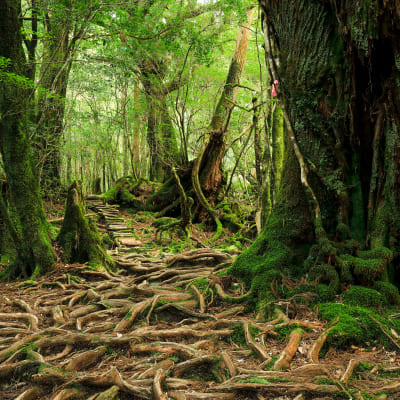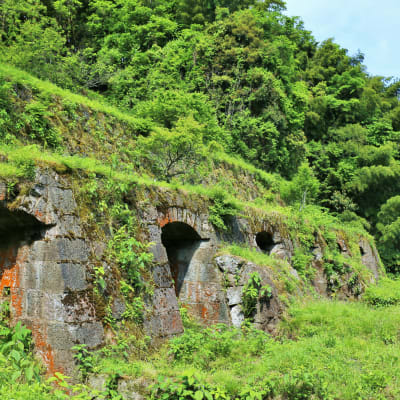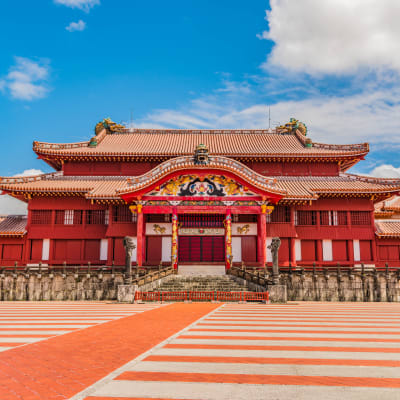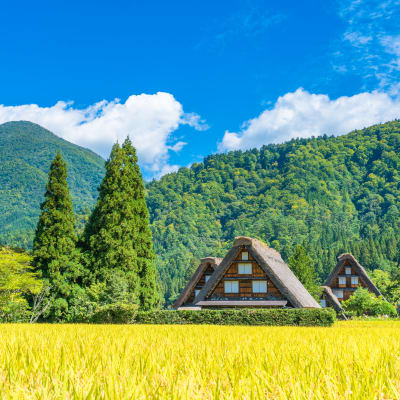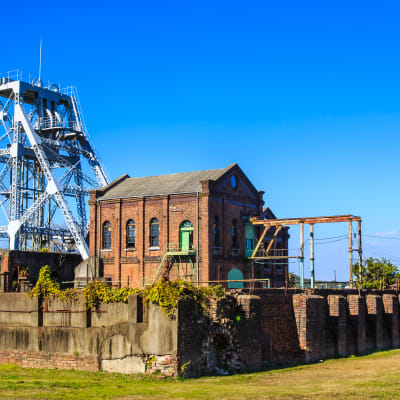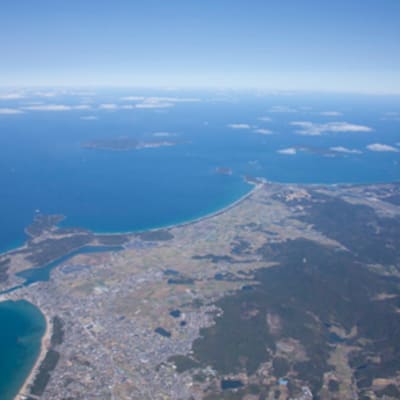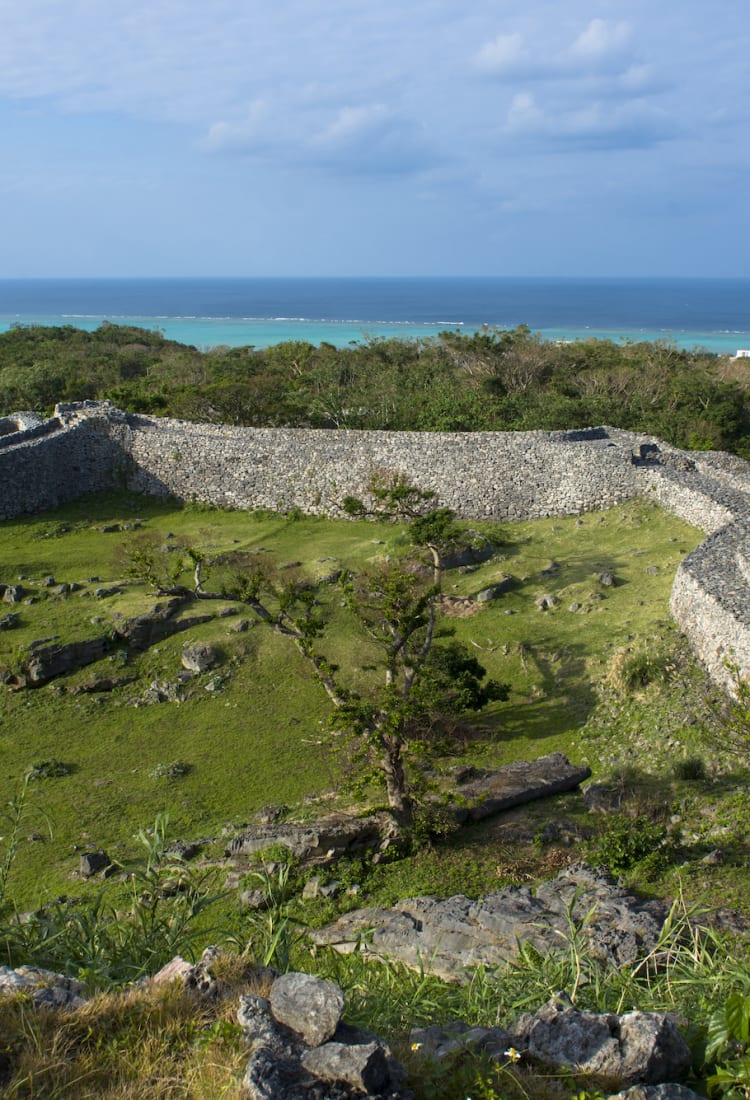

Amami-Oshima Island, Tokunoshima Island, Northern part of Okinawa Island, and Iriomote Island (UNESCO)
@OCVB
A southern island with biology like nowhere else in the world
Amami-Oshima Island, Tokunoshima Island, Northern part of Okinawa Island and Iriomote Island comprise a region of Japan characterized by subtropical evergreen, broadleaved forests and a high rainfall brought in by the Kuroshio Current. It is home to mangrove forests and other beautifully unique ecosystems unlike anything seen anywhere else.
Highlights
- Home to a large number of endangered and endemic species that have uniquely evolved to the geographical natures of these islands
- Get a sense of the raw, natural power emanating from the subtropical mangrove forests and clear blue sea
- Efforts are currently underway to preserve and pass that natural heritage on to future generations
Four islands of south Japan
A World Natural Heritage Site, the registered area stretches across 42,698 hectares and consists of five parts in four regions: Amami- Oshima Island, Tokunoshima Island, Northern part of Okinawa, and Iriomote Island. These islands can be found scattered over a distance of 1,200 kilometers from the southern tip of Kyushu and contain the richest biodiversity in all of Japan.

@OCVB
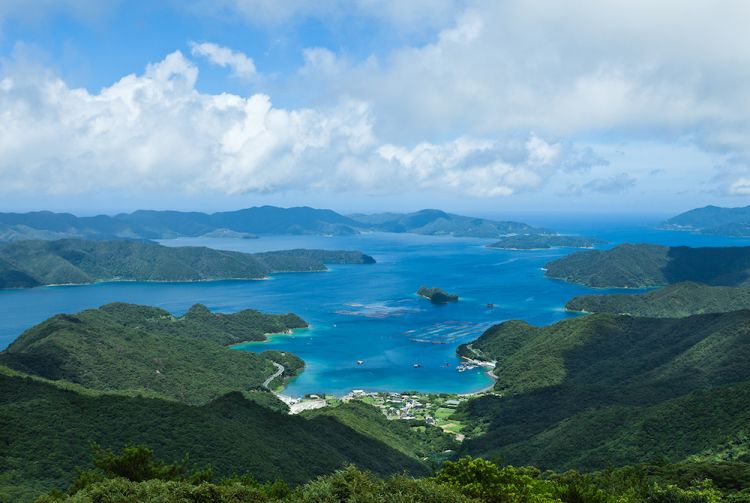
Biology found nowhere else in the world
Each of the islands are host to a great array of differing geography and weather patterns. For example, Amami-Oshima Island receives some 2,900 millimeters of rainfall every year, 90% of Iriomote Island is covered by untouched subtropical forests, and Tokunoshima Island and the northern part of Okinawa Island are known for being home to a lot of unique and precious biology. There are 188 species of vascular plants and 1,607 species of insects, combining all endemic species in the four regions.

The Amami rabbit that inhabits only in Amami-Oshima and Tokunoshima Island is the only species in its genus with no close relatives anywhere else in the world. The Okinawa rail is a flightless bird found only in northern Okinawa Island. Meanwhile, the Iriomote cat is a subspecies of leopard cat that can also only be found in Iriomote Island on its namesake island, making Iriomote the smallest island in the world to have wildcats.
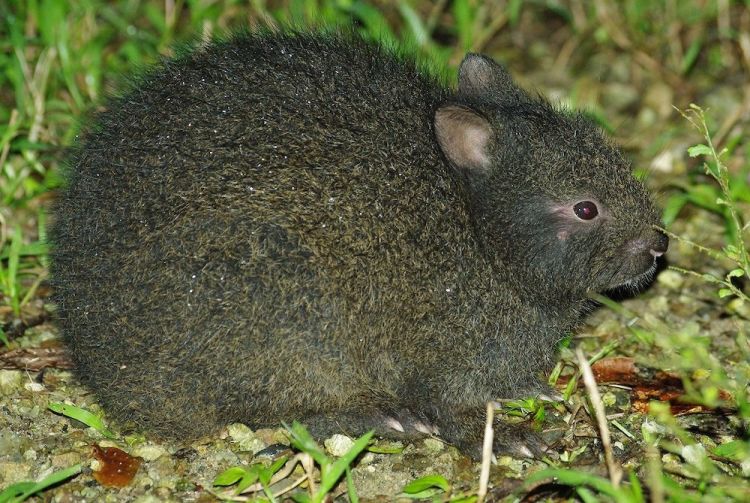
Photo: Tokunoshima-cho

@OCVB
Registered as a World Natural Heritage Site in 2021
Despite covering less than 0.5% of Japan's total land mass, the region is home to a wide range of living things and endangered species, making it an important habitat for living organisms and subsequently reason to be registered as the fifth World Natural Heritage Site in Japan. In order to qualify, nature conservation related organizations worked in collaboration with one another in order to maintain the region's biodiversity while protecting it from both poaching and harm caused by other invasive species such as the Small Indian Mongoose.
Nature of all registered sites cannot be replaced if it were to ever disappear, and so visitors are requested to check local manners, customs and rules for the conservation of nature before visiting.

How to Get There
How to Get There
Amami-Oshima Island can be reached by plane from Tokyo, Osaka, Kagoshima, or Fukuoka, or by boat from Kagoshima, or Okinawa.
Tokunoshima Island can be reached by plane from Tokyo or Osaka to Kagoshima Airport, then transferring to another plane for 60 minutes to Tokunoshima Airport.
Northern Okinawa is reachable by plane from Tokyo, Osaka, or Kagoshima to Naha Airport. Taxis, buses and rental cars can then be used to get around and explore.
Iriomote Island can be reached by plane from Tokyo, Osaka, or Kagoshima to Naha Airport, then transferring to another plane for 60 minutes to Ishigaki. Direct flights are also available from Tokyo International Airport (Haneda Airport), Narita International Airport and Kansai International Airport. At Ishigaki, board a ferry to Iriomote Island. It takes 40 minutes.
* The information on this page may be subject to change due to COVID-19.





























































